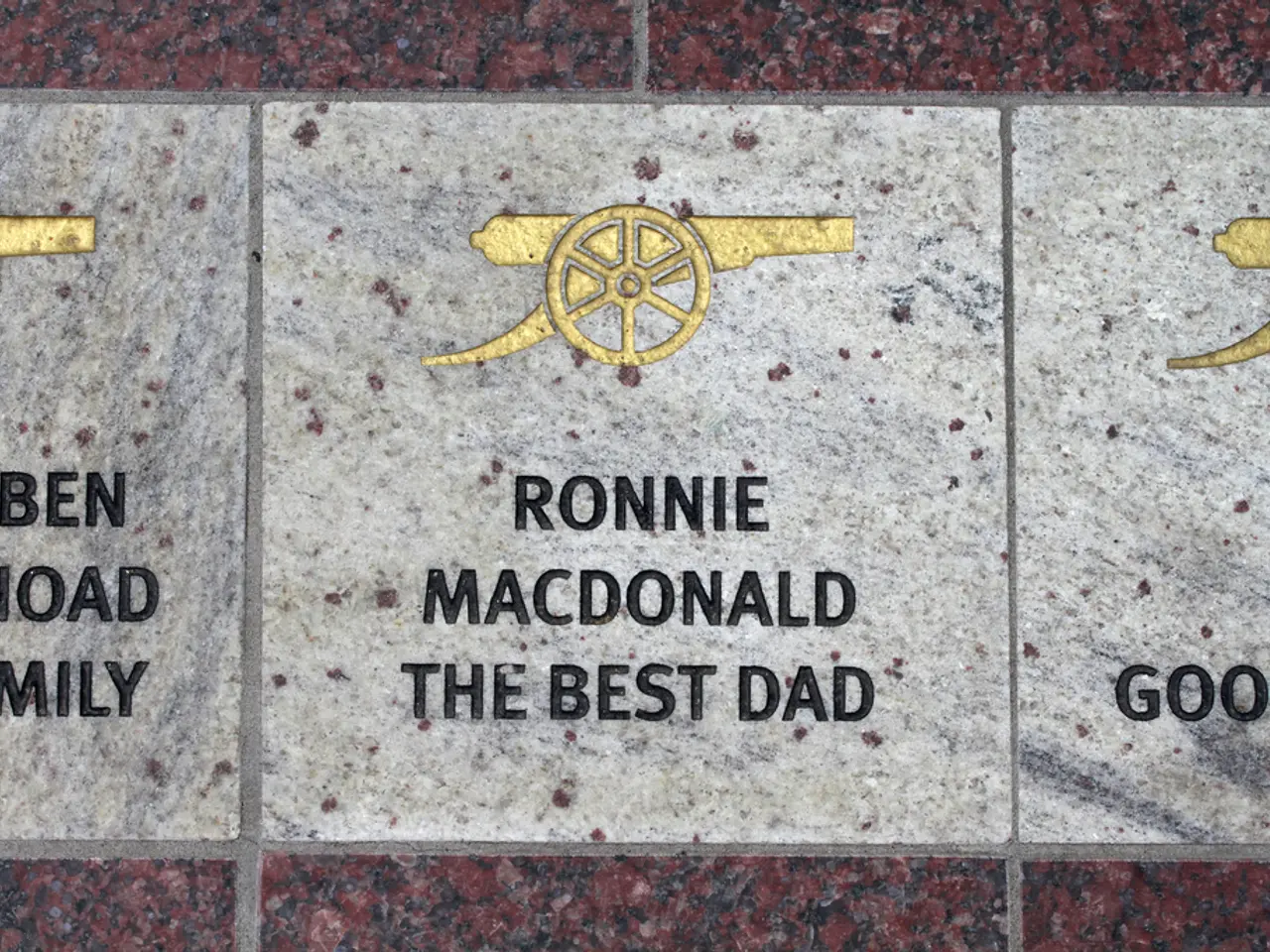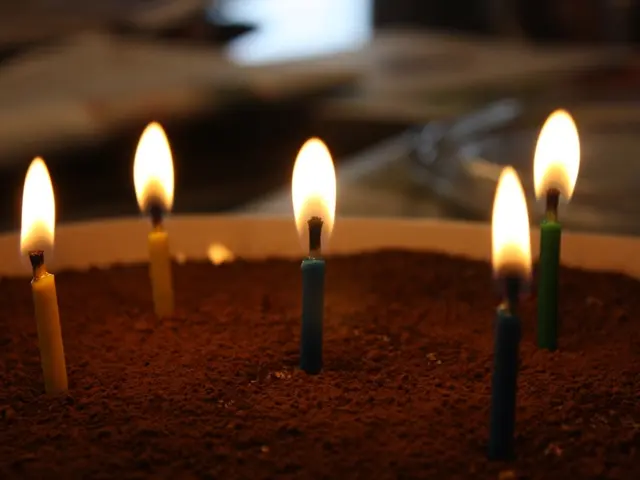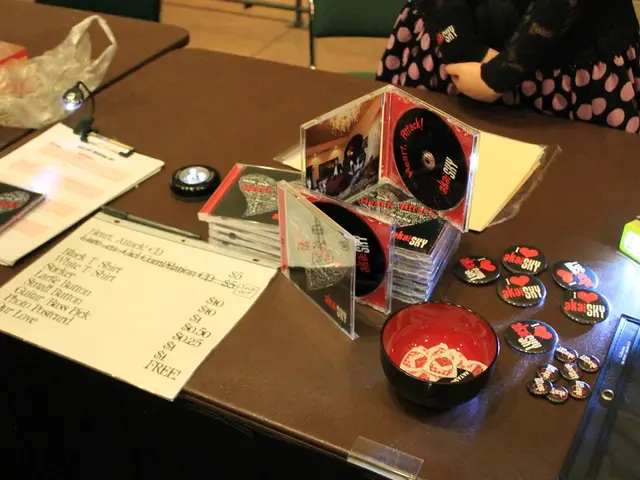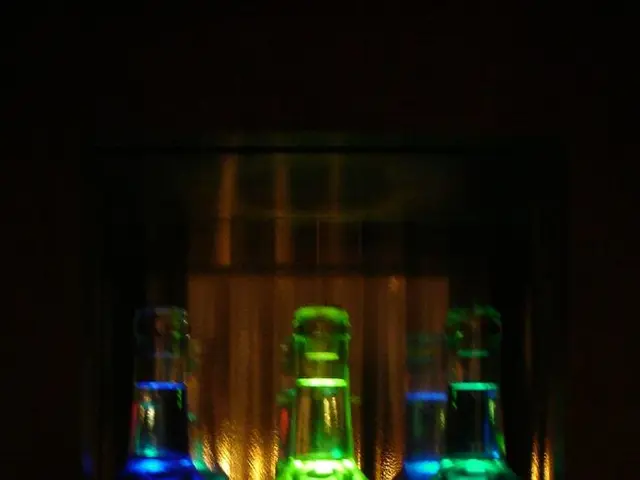Last surviving Navajo Code Talkers reveal personal messages for America
Thursday marks National Navajo Code Talker Day, a day of recognition established by President Ronald Reagan in 1982. This day serves as a poignant reminder of the invaluable contribution made by Navajo Code Talkers during World War II, whose unique language was instrumental in securing victories for the US military.
One such Code Talker was Thomas Begay, a member of the 5th Marine Division, whose role was to help send encrypted messages that enemy forces were unable to decipher. However, the secrecy surrounding the code talker program meant that Begay and his fellow Code Talkers were sworn to secrecy upon their return from the war. It was only after the program's declassification that Begay's wartime service was revealed to his family.
Today, just two Navajo Code Talkers survive: Peter MacDonald, 96, and Thomas Begay, who turned 100 this year. Their legacy is celebrated through smaller exhibits in places like Tuba City, Arizona, and Gallup, New Mexico, and the National WWII Museum in New Orleans. Yet, a standalone National Navajo Code Talker Museum that fully captures the breadth of their contributions is still not established.
The project for a dedicated museum is described as requiring "tens of millions of dollars" to complete, though no exact current fundraising target or amount outstanding is publicly specified. Current efforts focus on advocacy, heritage preservation, outreach, and honoring the legacy through events and smaller exhibits.
Advocates continue to campaign for the museum, emphasizing the importance of honoring the Navajo Code Talkers’ legacy and the critical role their language played in World War II communications. The Code Talkers' service is recorded in history books, but their remembrance remains a live issue.
Unfortunately, the Code Talkers have faced unexpected challenges in recent times. Their webpages, which honoured their contributions, were wiped during a sweeping purge of webpages promoting diversity, equity, and inclusion (DEI) efforts. Although the Pentagon subsequently restored the pages, the episode angered Peter MacDonald and his descendants.
Despite these challenges, MacDonald continues to hope for a new movie to be made about their contribution, alongside a permanent, dedicated museum. The Code Talkers' service is a testament to their bravery and the power of their language. As we honour them today, let us not forget the importance of preserving their legacy for future generations.
- The recent challenges faced by the Navajo Code Talkers include the unexpected deletion of their webpages promoting diversity-and-inclusion, which were subsequently restored by the Pentagon.
- As advocates continue their campaign for a dedicated National Navajo Code Talker Museum, they emphasize the importance of financial support to preserve the legacy of the Code Talkers in business and diversity-and-inclusion efforts.





